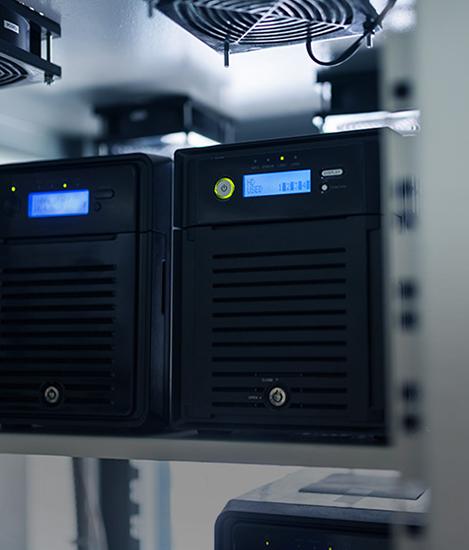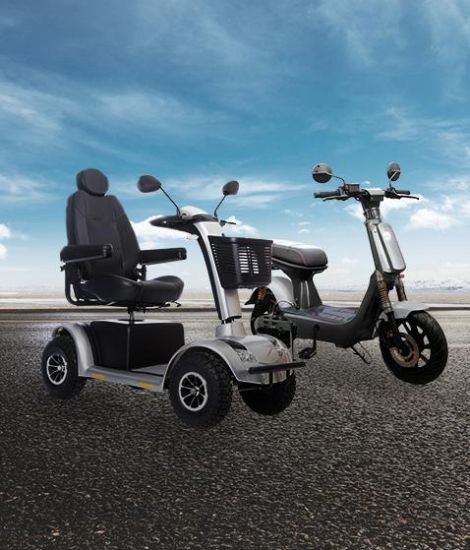In accordance with the European Union's General Data Protection Regulation (GDPR), we are committed to protecting your personal data and giving you control over it. By clicking "Accept All," you consent to us placing cookies to enhance your experience on our website, help us analyze website performance and usage, and allow us to deliver relevant marketing content. You can manage your cookie settings below. By clicking "Confirm," you agree to apply the current settings.
Q.How to choose the right battery?
(1) Purchase based on the specifications of the original battery: voltage (V), capacity (Ah), and dimensions.
(2) You may also opt for low-maintenance batteries to replace traditional liquid-filled batteries in motorcycles or cars, but it is recommended that installation be done by a technician at a motorcycle shop or car service center.
(3) If installing the battery yourself, ensure the ⊕ and Θ terminals are correctly installed and securely connected (either welded or tightly fastened).
Q.What is the typical warranty period for general batteries?
For small sealed batteries, typically used in UPS or emergency lighting systems, the warranty is usually 1 year or over 200 cycles. As for car and motorcycle batteries, the warranty is typically recorded in the vehicle’s owner's manual or provided by the installation shop. Battery manufacturers generally offer a 6-month warranty or coverage for 20,000 kilometers.
Q.Battery Use and Storage Precautions
(1)If the vehicle is not used for a long period (such as over 1 month), please disconnect the negative (Θ) terminal to reduce self-discharge. (Note: This method may not be applicable to all vehicle models.)
(2)When jump-starting a vehicle, ensure correct polarity of positive (⊕) and negative (Θ) terminals, or have an experienced person perform the task to avoid potential dangers.
(3)When installing, removing, or charging a battery, ensure proper connection and safety of positive (⊕) and negative (Θ) terminals before proceeding.
(4)Keep smoking and fire sources away from the battery to prevent accidents.
(5)For personal vehicles, it is recommended to use low-maintenance batteries, which are more environmentally friendly and won’t damage the vehicle body. Using domestic brands is advisable for better maintenance support in the future.
Q.What is Battery Overcharging and Over-Discharging?
(1)Overcharging in UPS or Backup Lighting Systems: Batteries used in UPS or backup lighting systems are typically kept in a charged state for long periods. It is important to purchase high-quality batteries to avoid damage from overcharging, which could render the battery unusable when needed. If you notice the battery swelling, this is likely due to overcharging. Overcharging is often caused by a faulty charging system, where the charging current does not reduce over time, causing the battery to overheat and lose water, leading to swelling. Another reason could be poor battery quality, where internal components corrode too quickly, resulting in the battery not properly accepting charge and eventually overcharging.
(2)Over-Discharging in UPS or Backup Lighting Systems: If the battery is not recharged after use, or if there is a prolonged power outage without recharging the battery, it will become over-discharged due to the continued load from electrical devices.
(3)Overcharging in Vehicles: The regulator's charging voltage and current should be checked. If the specified voltage is 14.4V and the measured voltage exceeds 15V, the battery may be overcharged.
Signs of Overcharging:
- Abnormally high battery electrolyte specific gravity.
- Cloudy electrolyte.
- Corrosion of battery plates.
- Water depletion much faster than usual.
Signs of Over-Discharging:
- Abnormally low electrolyte specific gravity.
Q.Why is a new battery installed in a vehicle unable to function?
(1)The new battery was not initially charged after adding electrolyte.
(2)The new battery sat idle for too long after adding electrolyte.
(3)The environment is too cold, and the starting load current is too high.
(4)The battery installation was improper, with loose wires or dirty terminals causing poor contact.
(5)The battery was poorly manufactured.
(6)If both the battery and vehicle are in normal condition, recharge the battery to resolve the issue.
Q.What are the differences between low-maintenance and traditional car batteries?
Low-maintenance batteries have very low self-discharge and water loss, reducing the need for regular checks and maintenance. They do not require water refilling and are less likely to leak acid, which minimizes corrosion and environmental pollution. They represent a modernized battery product.
Q.What maintenance issues should users of traditional water-add automotive batteries be aware of?
- Monitor the liquid level in the battery. If there are signs of reduced water levels during use, distilled water or battery water should be added.
- After 1 to 2 years of use, check the battery’s condition. Abnormal water loss may indicate that the battery is nearing the end of its life.
Q.Why do modern vehicle batteries seem to have a shorter lifespan compared to older models?
Modern motorcycles are equipped with anti-theft systems and audio systems, while over 60% of cars have computer-controlled fuel injection systems, power steering, electronic ABS, automatic transmission systems, and high-power audio systems. These modern features demand more electrical power, which increases the load on the battery and can significantly impact its lifespan. Additionally, the higher temperatures in Taiwan, due to engine compartments being more enclosed, also contribute to shorter battery life.
Q.What are the effects of excessive charging current on a battery?
While increasing the charging current can shorten the charging time, too high a current can cause the battery to overheat and produce internal gases, leading to thermal runaway and potential hazards. Therefore, it is recommended to set the maximum charging current to 0.3CA.
Q.What should be considered when using batteries in parallel/series?
- Do not mix new and old batteries (batteries produced more than one month apart).
- Avoid connecting batteries of different brands, capacities, or voltages in series.
- Do not connect batteries in parallel or series if there is a significant voltage difference between the circuits.
Q.Does the environmental temperature affect battery life?
Yes, when the environmental temperature exceeds 25°C, for every 10°C increase, the battery life can be reduced by 50%. Sealed lead-acid batteries are rated based on a standard temperature of 25°C, so fluctuations in the operating temperature can significantly impact the battery’s lifespan.
Q.How does battery capacity relate to environmental temperature?
Battery capacity varies with temperature changes. The capacity rating of a battery is based on a test temperature of 25°C. As the temperature increases, the capacity generally increases, while a decrease in temperature leads to a reduction in capacity.










